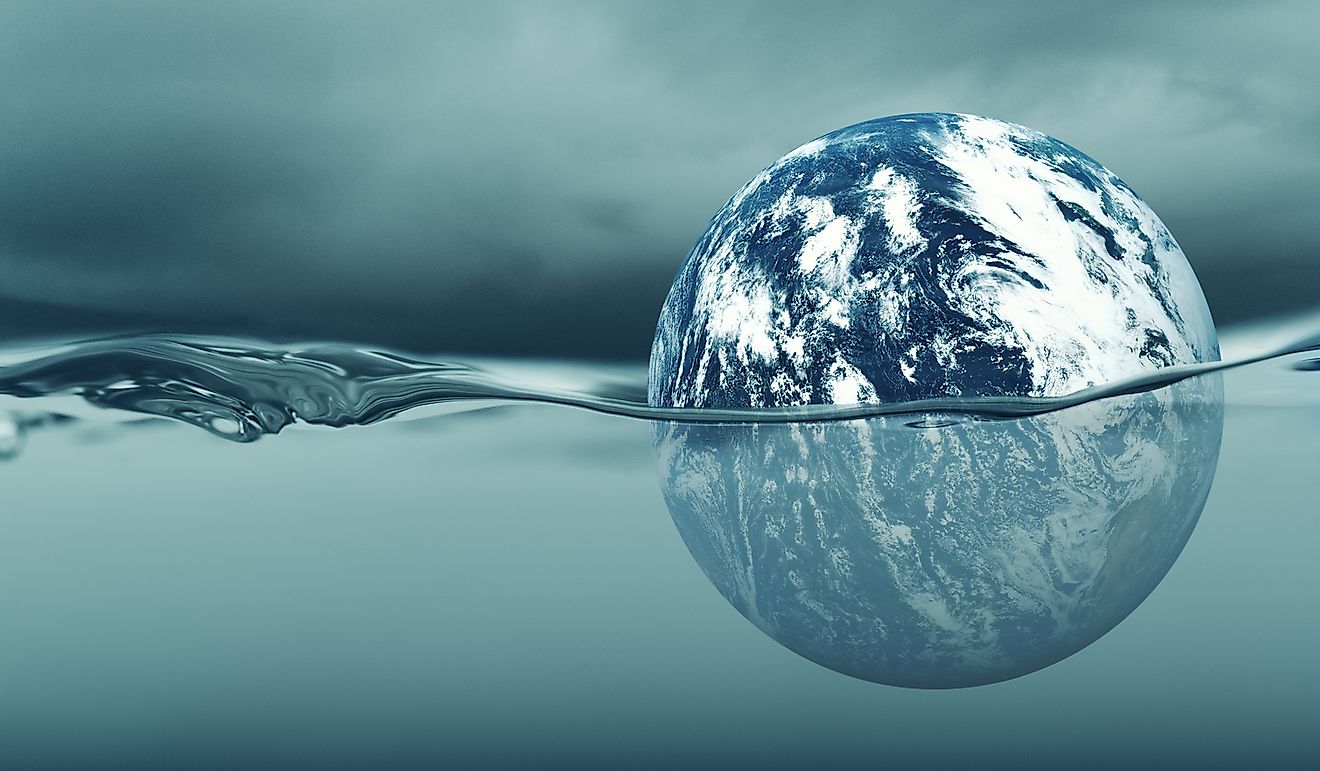The Triassic-Jurassic Extinction

Over the entire history of the Earth (estimated to be about 4.6 billion years), there have been five major extinction events. These mass extinction events have been catastrophic, wiping out a large percentage of all the taxonomic groups at the time of the event. Apart from causing plants and animals at the time to disappear, the mass extinction events also shaped how the species that survived evolved and the appearance of the new species. One such mass extinction event is the Triassic-Jurassic extinction which occurred about 201 million years ago and marked the boundary between the Triassic and Jurassic periods.
The Triassic-Jurassic Extinction
The Triassic-Jurassic extinction event was the fourth major global extinction of the Phanerozoic eon. The event occurred around 201 million years ago at the end of the Triassic Period (a period that lasted from 252-201 million years ago). The extinction event was a combination of smaller global extinction events that occurred over the last 18 million years of the Triassic period. Over this period, life on both land and ocean was affected. It is estimated that about 50% of the known living species during this period completely disappeared. In total 76% of terrestrial and marine species and 20% of all taxonomic families were wiped out. It is believed that the Triassic-Jurassic extinction allowed the dinosaurs to thrive and dominate the niches left by extinct animals.
Effects Of The Extinction Events
Although the Triassic-Jurassic extinction event was not as severe as the extinction event that took place at the end of the Permian Period, it nonetheless resulted in a significant reduction of the living species. The extinction events particularly affected the conodonts and ammonoids. All of the conodonts and several ceratitid ammonoids were completely wiped out. Only the phylloceratid ammonoids survived the extinction event and later gave rise to the cephalopods in the Jurassic period. Several families of gastropods, brachiopods, marine reptiles, and bivalves also became extinct. Several terrestrial vertebrates also disappeared, although mammals, crocodiles, dinosaurs, fishes, and turtles were not affected as much.
Possible Causes
Several hypotheses have been put forward on the possible cause of the Triassic-Jurassic extinction event. However, many scientists believe that the events may have resulted from rising sea levels and climate change. The rise in sea levels may have been as a result of the sudden release of carbon dioxide from the volcanic activities as the supercontinent Pangea was rifting. During the rifting of the supercontinent, the global greenhouse effect may have been strengthened, raising the air temperature across the globe. The volcanic activities may have also led to the expulsion of the aerosols which led to the significant cooling of the climate.
Other scientists have also suggested that the mass extinction event may have been caused by the impact of comet or asteroid as was in the case of the Cretaceous-Paleogene extinction. However, this cause is unlikely as no major meteor impact has been recorded that coincided with the Triassic-Jurassic boundary. Nonetheless, several meteor strikes were experienced in late Triassic but the strikes were too small to cause mass extinction events that had such a devastating effect as the End-Triassic extinction.











